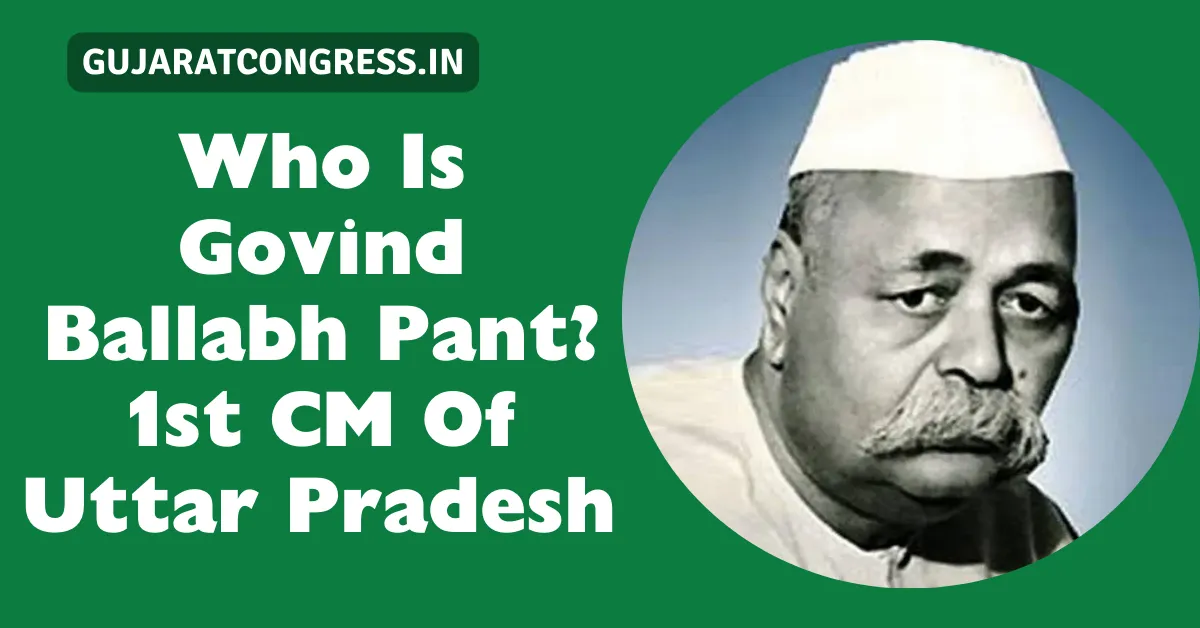Who Is Govind Ballabh Pant? Govind was born on 10th September 1887 in Almora, which is today in Uttarakhand. Born in the mountains, G.B Pantji’s personality was also like a river flowing from the mountains which keep flowing spreading happiness and prosperity. Govind Ballabh completed his law studies at Allahabad University.
Table of Contents
Govind Ballabh Pant Is Famous For?
In those days he was very influenced by Madan Mohan and Gopal Krishna Gokhale, he wanted to be like them and follow in their footsteps. That is why he was very interested in social work and politics. After completing his studies at the university, Govind Ballabh returned to his village Uttarakhand. He noticed a practice in the Kumao area where whenever a British officer visited the villagers were forced to carry their luggage and had to perform other household work. The saddest thing was that one did not even get paid for that work. This practice was known as Coolie Beggar.
He wanted to fight against the exploitations faced by the poor villagers. Givind Ballabh gathered the villagers and started an agitation against the practice which spread across the Kumaon area. Ultimately the British government had to admit defeat in front of this movement and had to impose this crime on Indians.
Also read: What Are The 5 Names Of Bharat?
When Govind Ballabh Pant Joined Politics
In 1921, Govind joined a political party. He was directly elected as the President of the National District Board through the United Province’s Swaraj party. By now Govind Ballabh had become associated with Gandhiji and other Congress leaders in the freedom struggle.
How Govind Ballabh Pant Saved Chandrashekhar Azad?
In 1925, when some revolutionaries looted the government treasures being carried by train in Kakori village of Lucknow, Govind led the team of lawyers who fought the case of some captured revolutionaries. Govind Ji’s case was so strong that he succeeded in saving 15 out of 19 revolutionaries from punishment. Let us tell you that among the 15 revolutionaries whom Govind saved, one was Chandrashekhar Azad.
In 1928, Lala Lajpat Rai was killed by the British in a protest against the Simon Commission. When Simon’s commission reached Lucknow, Govind bravely followed the path shown by Lala Lajpat Rai. And when the British lathi-charged the protesters, Govind stood at the forefront. He was so badly injured in the lathi charge that he could not walk with his back straight for the rest of his life.
When Govind protested against the Salt Law, he was put in jail by the British Government. In 1934, when Govind came out of jail, he was elected to the Central Legislative Assembly from Rohikhand, Kumaon Legislative Assembly Constituency.
A few years later, in 1937, he became the first Premier of the United Provinces of British India. He played this position very well, and after getting this position he even changed the state’s names given by the British.

